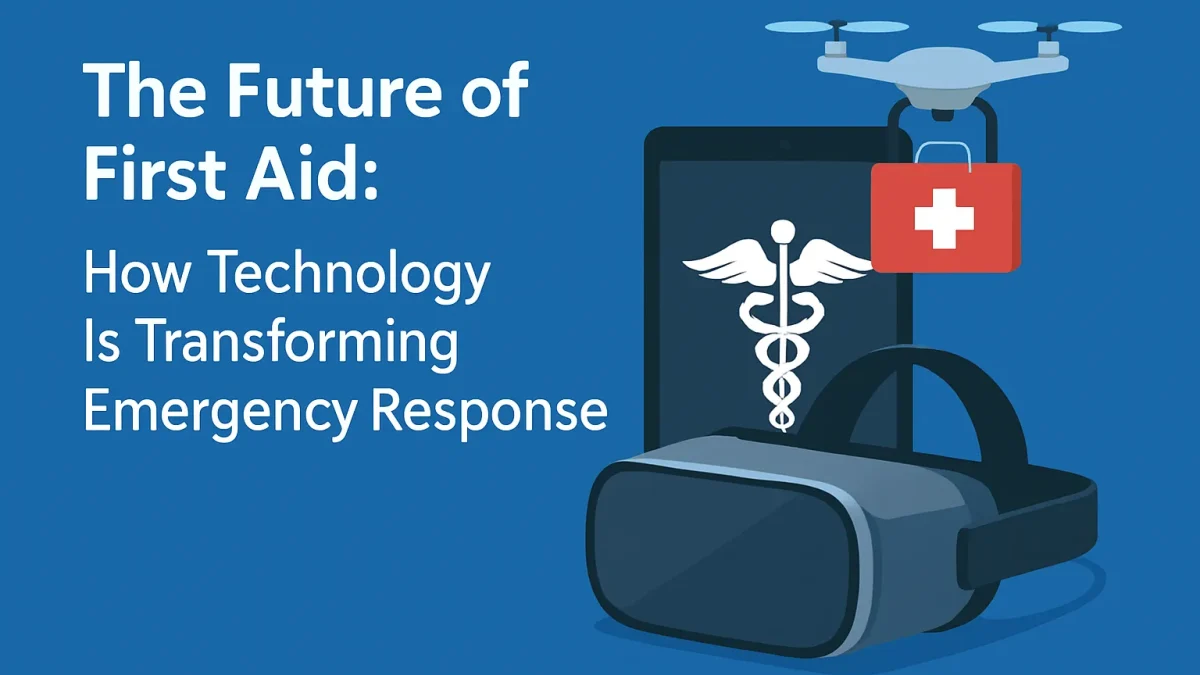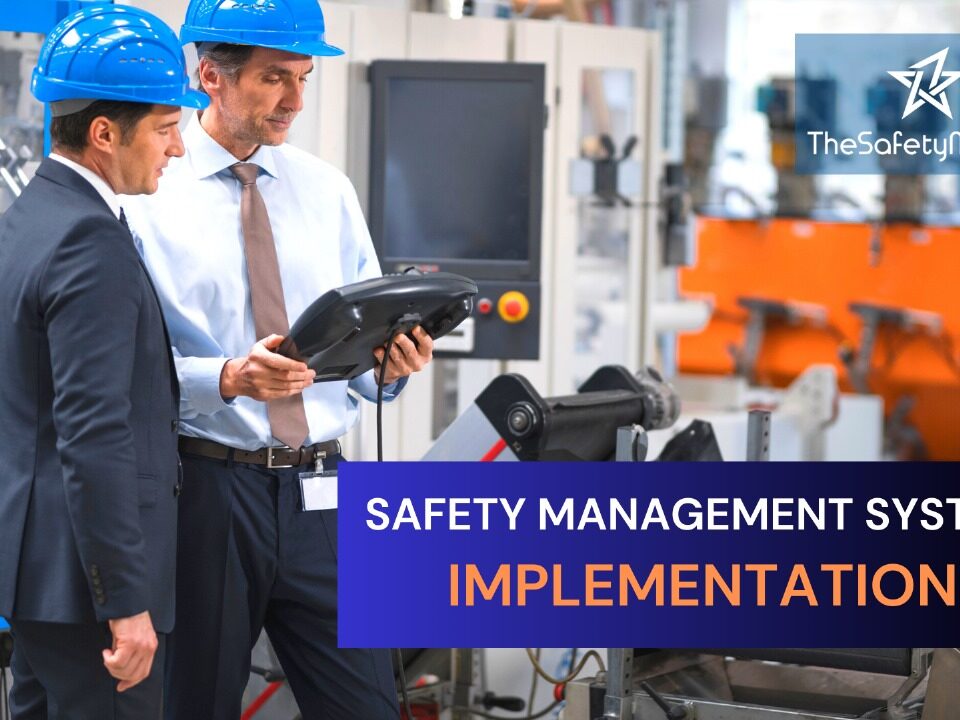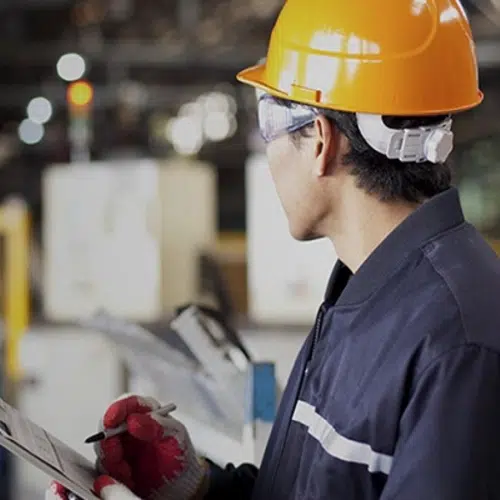The Future of First Aid: How Technology Is Revolutionizing Emergency Response Training

HAZOP for SMEs – Making Safety Affordable for Small and Medium Enterprises in India
September 8, 2025
Behavior-Based Safety (BBS) Training & Examples Guide
September 12, 2025When an emergency strikes, the first few minutes are often the most critical. In these moments, having someone nearby who knows basic first aid can make the difference between life and death. Traditionally, first aid training has relied on classroom-based instruction and physical practice. But now, technology is transforming how we learn, respond, and save lives—making first aid more accessible, realistic, and effective than ever before.
Virtual Reality: Immersive Learning That Sticks
One of the most exciting advancements in first aid training is Virtual Reality (VR). VR allows learners to experience emergency scenarios in a controlled yet immersive environment. Imagine putting on a headset and suddenly being in a simulated car crash scene, where you must assess injuries, call for help, and begin CPR—all in real time.
This kind of experiential learning helps users retain knowledge better because it mimics the stress and pressure of real emergencies. It also builds muscle memory, which is crucial in high-stakes situations where hesitation can be costly.
Mobile Apps and On-Demand Learning
Smartphone apps have brought first aid training to our fingertips. Whether you’re a parent, traveler, or workplace manager, you can now download apps that guide you through CPR, choking assistance, wound care, and more. Some even offer live video guidance from trained professionals during an actual emergency.
Many organizations are integrating these apps with broader Safety Audit programs to ensure everyone on-site is not only trained but also has quick access to life-saving protocols.
AI-Powered Simulations
Artificial Intelligence is playing a growing role in training and emergency preparedness. AI-driven platforms can tailor first aid scenarios to individual learning levels, track progress, and offer feedback. This personalized approach ensures that no trainee is left behind.
These tools are especially helpful in industries that already practice risk assessment methods like Hazop Study. By combining hazard identification with AI-based first aid training, companies can better prepare for worst-case scenarios.
Drones and Emergency Supplies
Drones are no longer just for aerial photography—they’re becoming essential tools in emergency response. Some companies are now using drones to deliver first aid kits, defibrillators (AEDs), or even real-time video feeds to remote or hard-to-reach locations.
In large facilities or worksites, integrating drone tech with regular Safety Audit Service procedures ensures that not only are safety measures in place but that emergency tools can be quickly deployed when needed.
Online Training Platforms for Workplaces
Digital platforms now offer complete first aid training programs that employees can complete at their own pace. Many include video tutorials, interactive quizzes, and even virtual certifications. When paired with workplace health and safety protocols—like Fire Audit or evacuation drills—this training helps build a safety-first culture.
Some platforms also integrate with Learning Management Systems (LMS), allowing safety officers to track who has completed training and schedule refresher courses.
The Human Touch Still Matters
While technology is improving the way we train, it’s important to remember that first aid is still about human care and presence. No amount of gadgets can replace the confidence, calmness, and compassion that a trained person brings to a crisis.
However, technology is helping us scale that human touch, ensuring more people in more places know what to do when seconds count.
In Closing
First aid training is no longer confined to a classroom or a once-a-year workshop. With new tools like VR, AI, mobile apps, and drones, we are entering a future where everyone—from office workers to construction crews—can be better prepared to respond quickly and effectively in emergencies.
Whether you’re managing a facility that requires regular Safety Audits or just want to feel more confident when you’re out with family, these innovations are making first aid knowledge more available and impactful than ever.




